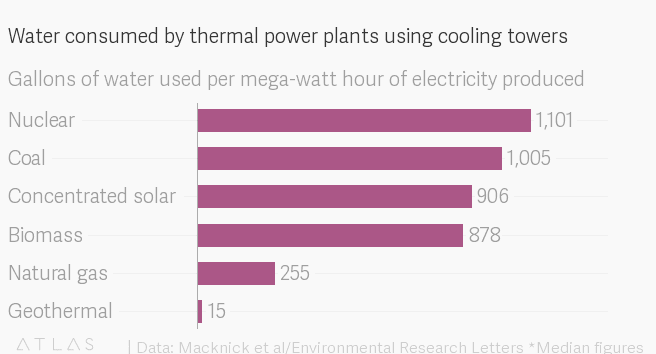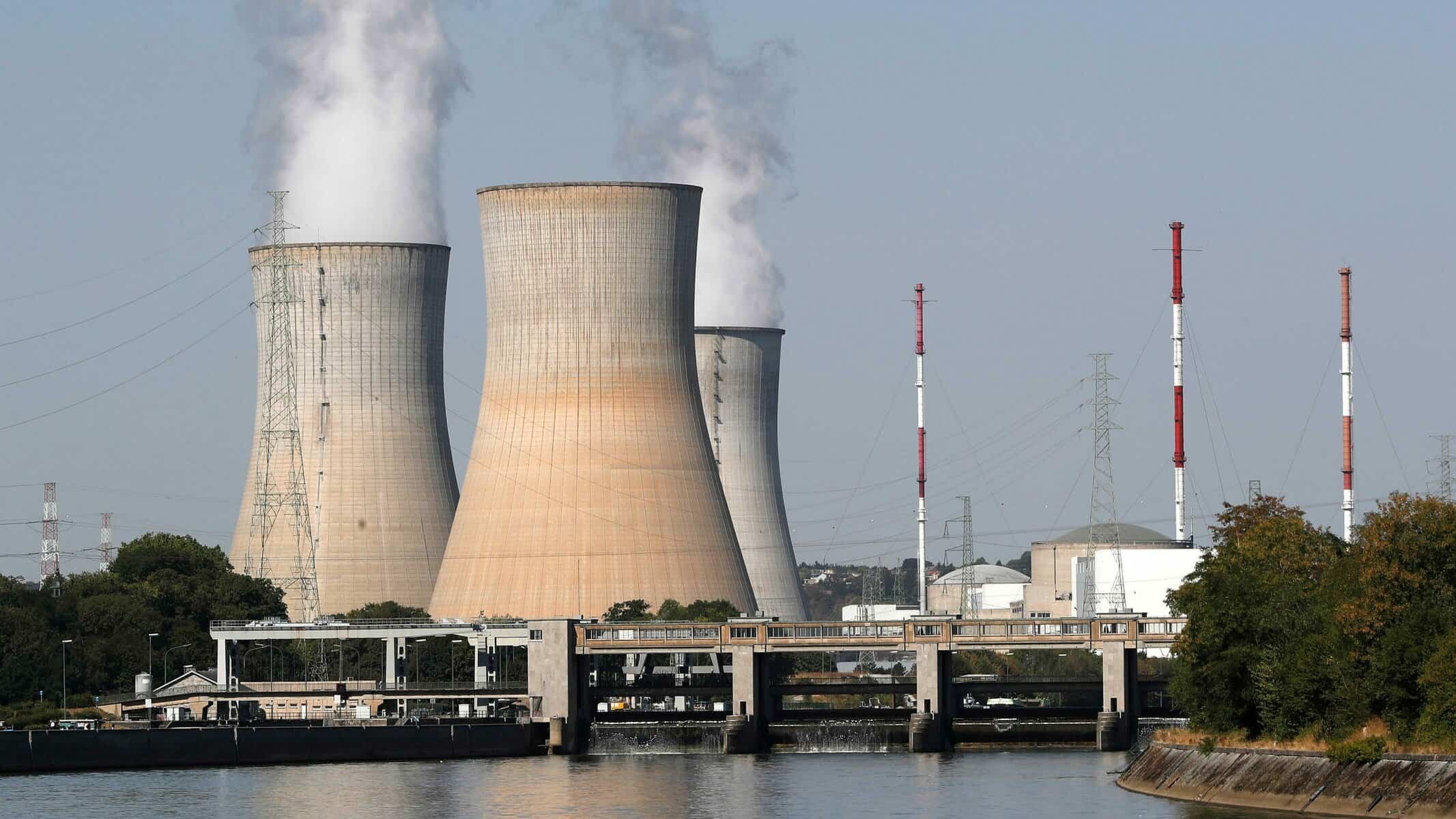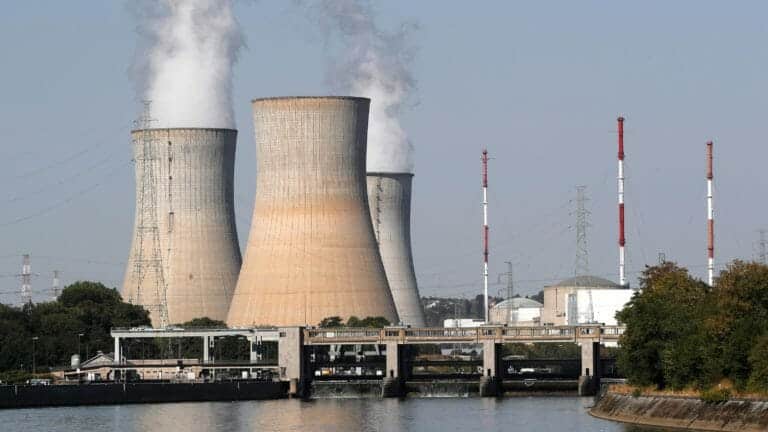Photo: That’s not carbon dioxide. It’s steam.
You’re likely within a few feet of an electric switch. When you turn it on, some power plant many miles away starts producing the electrons your device needs. Despite the growth of renewable-energy solutions, most of those electrons are still generated by fossil fuel or radioactive fuel.
The trouble is that thermal electricity generation—a category that includes coal, natural gas, and nuclear power—doesn’t just require fuel, but also water. And a lot of it.

In the US and Europe, more than half of the water drawn from nature is used for power generation. This year’s heatwave has forced some of those power plants to shut down. Thermal power plants use high-temperature steam to turn turbines, which convert heat energy into electricity. In the process, the steam’s temperature falls, so it can no longer be used efficiently to move the turbine again.
To raise its temperature back up, the steam first needs to be condensed into water, because liquids absorb heat better than gases. The condensation is achieved by using cooling water drawn from rivers, lakes, or seas, which is then dumped back at a temperature that is safe for wildlife in those waters. The amount of water needed […]
Full article: You probably have no idea just how much water is needed to produce electricity



